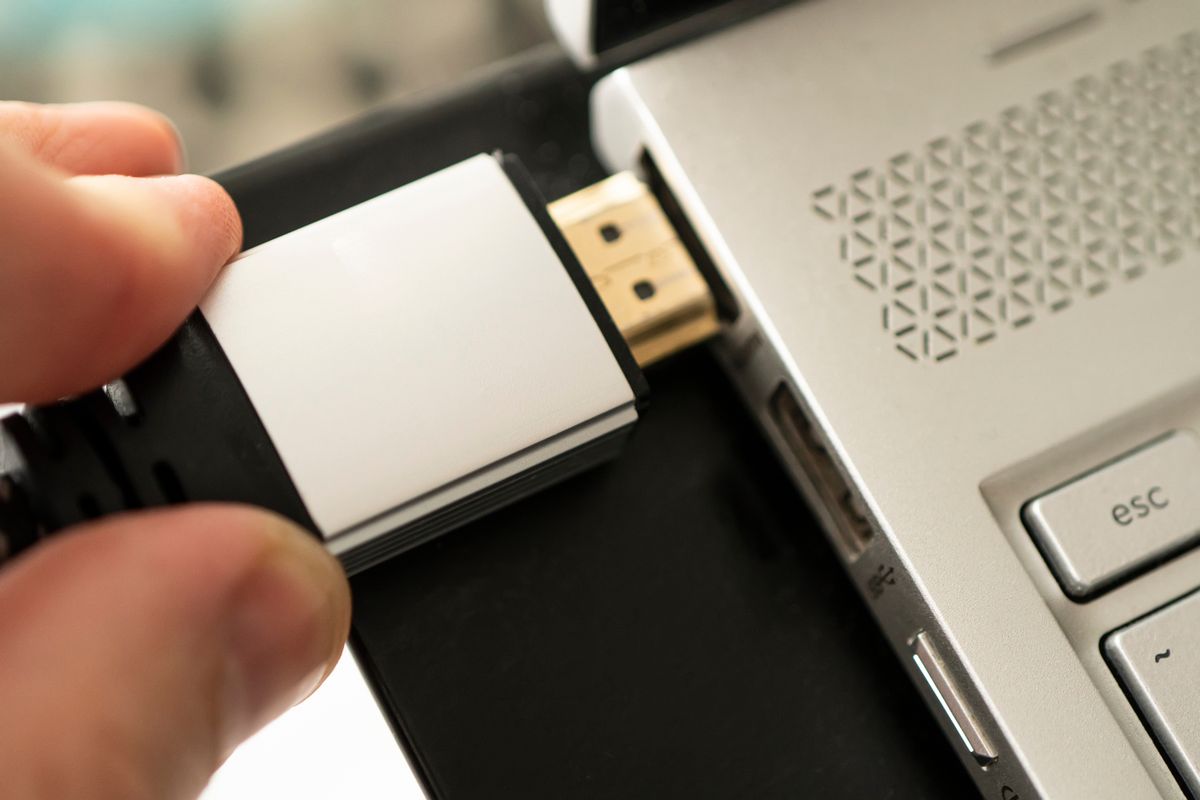
WWW.FASTCOMPANY.COM
AI-powered surgery is improving patient care
The Fast Company Impact Council is an invitation-only membership community of leaders, experts, executives, and entrepreneurs who share their insights with our audience. Members pay annual dues for access to peer learning, thought leadership opportunities, events and more.
More people will require surgery this year than ever before. And next year, that number will rise again. By 2030, more than 313 million surgical procedures will done annually. This is a demand the current healthcare system can’t keep up with. The result will be longer wait times, more complications, and a system stretched far beyond its limits.
For decades, surgical innovation has been defined by better tools, stronger materials, and finer instruments, including hardware designed to improve human hands. But true transformation doesn’t come from refining scalpels and sutures; it comes from giving surgeons the right information at the right time, through the world’s most intelligent dataset.
This is where AI is rewriting the playbook. Not by replacing human expertise, but by amplifying it and by turning intuition into insight, experience into data, and uncertainty into precision.
The rise of intelligent surgery
Even the most skilled surgeon is limited by human perception. AI is placing intelligence at the center of the operating room, creating a data-driven surgical environment that continuously adapts and enhances precision in real time.
Technologies like light field imaging and advanced sensor suites are eliminating blind spots by creating real-time 3D reconstructions of the surgical field with unprecedented depth and clarity. AI guidance continuously adapts during a procedure, giving the surgeon a live surgical roadmap that helps them optimize their every move.
AI isn’t just showing better images. It’s learning. It’s refining implant placement with sub-millimeter precision and continuously optimizing surgical workflows. The result? Reduced operating times, fewer complications, and a consistency level in patient outcomes once thought impossible.
AI as the ultimate surgical partner
Surgical expertise has always been a mix of experience, intuition, and technique, but even the most skilled hands rely on intraoperative estimations. AI can reduce that guesswork by integrating computational modeling of anatomical structures, shrinking uncertainty to improve surgical precision.
AI is improving surgical decision making by giving surgeons clearer insights before and during procedures. It can help plan the best approach, decrease guesswork in the operating room, and lead to more consistent, predictable patient results.
In one recent study (RF145), an AI tool was able to measure spinal alignment during surgery more accurately than surgeons. It provided real-time feedback before and after a correction, helping the surgical team see exactly how much alignment had changed and whether additional adjustments were needed. This kind of support can lead to safer surgeries and better patient outcomes.
Improve patient safety and outcomes
For patients, the success of AI isn’t just in better, more informed surgeries—it’s also in better, more informed recoveries. Predictive analytics flag potential complications before they become problems, enabling proactive interventions and improved care.
The numbers tell the story: A deep learning model predicted post-operative complications with 70% accuracy, surpassing traditional clinical risk models and enabling earlier interventions to improve patient safety.
Similarly, predictive models have successfully forecasted 30-day hospital readmissions, strongly indicating whether a patient is likely to be readmitted or not.
The techmed shift
For decades, medtech has been defined by hardware: selling instruments, implants, and surgical devices as products. While these tools have advanced, the underlying approach has been transactional, focused on selling physical components rather than evolving surgical intelligence.
Techmed is changing this paradigm. Instead of treating surgery as a series of isolated procedures, AI-driven platforms are creating data rivers, or continuous streams of surgical data that refine precision, optimize workflows, and improve decision making over time. Each procedure informs the next, driving exponential improvements in efficiency, safety, and patient outcomes.
This mirrors the evolution of modern technology companies. Rather than one-time sales of surgical tools, techmed is building intelligent, learning-based systems that deliver ongoing value, just as cloud computing and AI-driven platforms have transformed other industries. By integrating data intelligence into surgery, techmed is creating a new foundation for precision, adaptability, and continuous improvement.
AI’s role in the future of surgery
We are at an inflection point. AI is the catalyst reshaping what’s possible in surgical care. It is ensuring that every patient, everywhere, benefits from the collective intelligence of thousands of surgeries before them. AI isn’t replacing surgeons. It’s making them unstoppable.
The question isn’t whether AI will transform surgery. It already has. The real challenge is whether we will fully harness its potential to ensure precision, efficiency, and better outcomes for all.
The revolution isn’t coming.
It’s already here.
Gabriel Jones is cofounder and CEO of Proprio.
0 Comentários
0 Compartilhamentos
63 Visualizações












